Table of Contents
Headlight Restoration in Nairobi
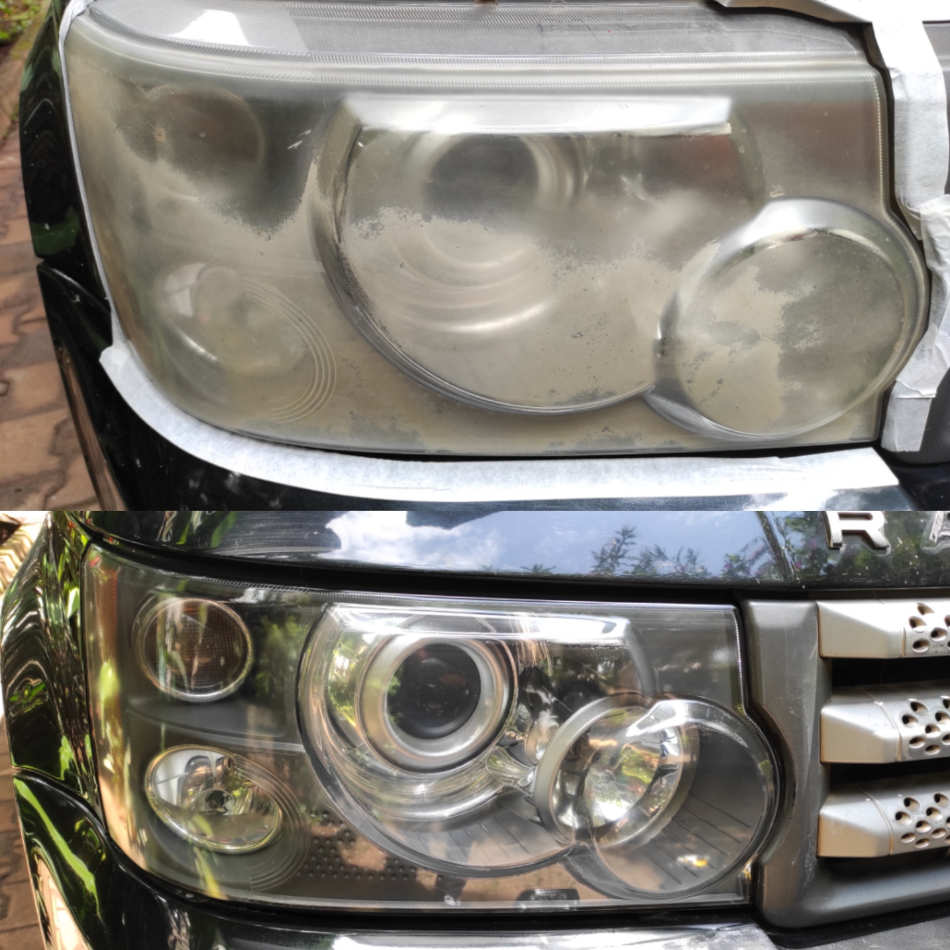
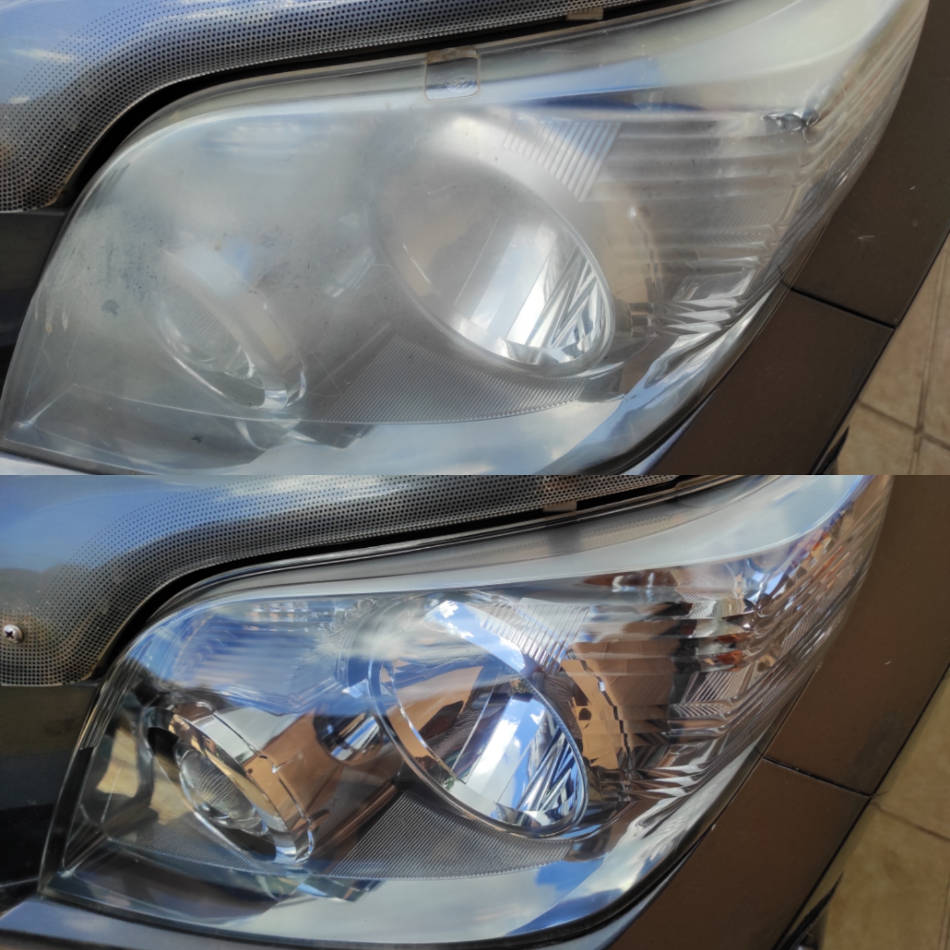
With over 6 years of Experience in restoring headlights, we have the best solution for restoring headlights. Our service comes with a year’s warranty and will provide a long-lasting solution compared to other techniques in the market. We apply a UV-protective sealant to prevent oxidation. Headlight restoration is at Sh4000 for both headlights and Sh1000 extra when mobile. Contact us and make your booking today
Benefits of Headlight Restoration Services
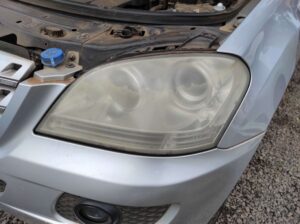
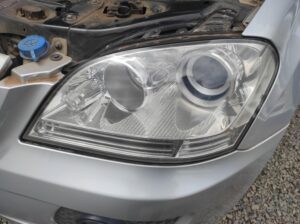
Headlight restoration offers a range of benefits that go beyond just aesthetics. Here are some key advantages of opting for a professional headlight restoration service:
Enhanced Visibility and Safety
Restoring your headlights to their optimal condition significantly improves visibility on the road, especially during nighttime or in low-light situations. Clear and well-functioning headlights allow you to see obstacles, pedestrians, and road signs more clearly, reducing the risk of accidents and ensuring the safety of both you and other drivers.
Cost-Effective Solution
Replacing an entire headlight assembly can be an expensive affair. Headlight restoration services provide a more budget-friendly option by rejuvenating your existing headlights. By choosing restoration over replacement, you can save a significant amount of money without compromising on performance or safety.
Eco-Friendly Approach
Headlight restoration promotes sustainability by extending the lifespan of your headlights. Instead of disposing of worn-out headlights and contributing to landfill waste, restoration allows you to make the most of your existing headlights and reduce your environmental impact.
Improved Overall Appearance
In addition to enhancing safety, restored headlights also enhance the overall appearance of your vehicle. Dull, yellowed, or foggy headlights can make your car look aged and neglected. Restoring them to their original clarity and brightness instantly revitalizes the front end of your vehicle, giving it a fresh and well-maintained look.
Time-Efficient Solution
Professional headlight restoration services typically require minimal downtime. Unlike headlight replacement, which can involve ordering parts and waiting for installation, restoration is a relatively quick process. It allows you to restore your headlights promptly, ensuring you get back on the road with improved visibility in no time.
Understanding Headlight Damage
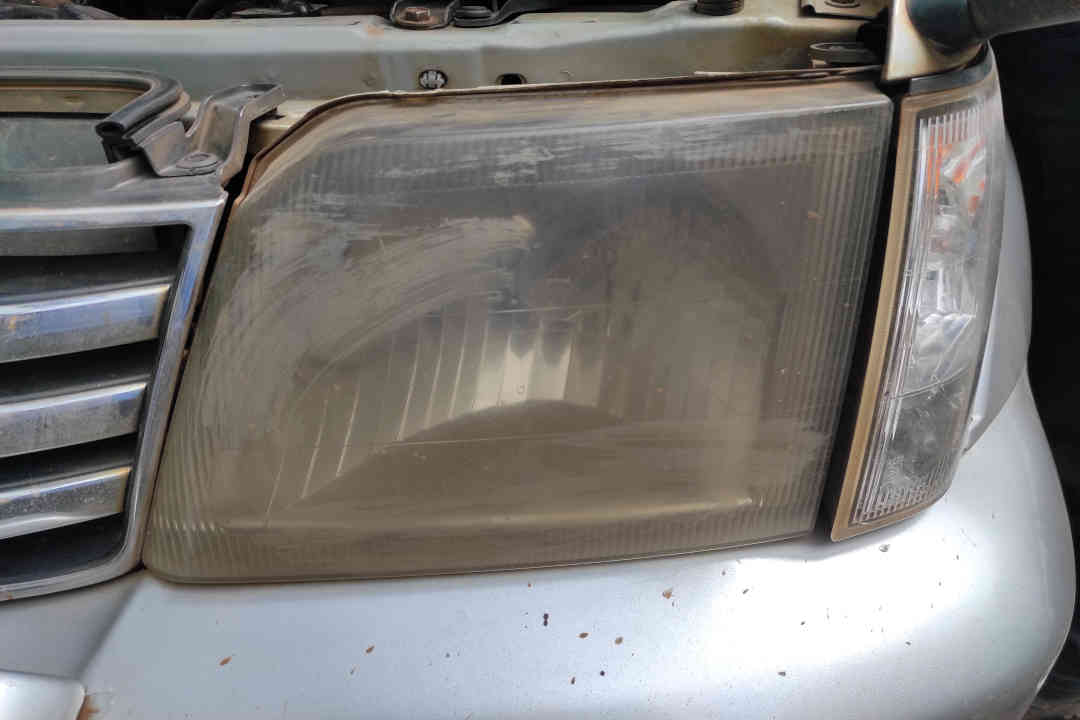
When it comes to headlight damage, various factors can contribute to the deterioration of your car’s headlights. Understanding these causes and recognizing the symptoms of damaged headlights is crucial in realizing the importance of seeking a headlight restoration service. Let’s delve into the details:
Causes of Headlight Damage
a) UV Exposure
One of the primary culprits behind headlight damage is prolonged exposure to ultraviolet (UV) rays. Over time, the sun’s UV rays can break down the protective coating on the headlights, leading to discoloration, hazing, and reduced clarity. This process is often accelerated in regions with intense sunlight or for vehicles frequently parked outside.
b) Oxidation
Oxidation is another common cause of headlight damage. It occurs when the protective layer on the headlights reacts with oxygen in the air, resulting in a cloudy or foggy appearance. Factors such as humidity, moisture, and environmental pollutants can expedite the oxidation process, diminishing the headlights’ effectiveness and aesthetics.
c) Environmental Factors
Beyond UV exposure and oxidation, environmental factors also contribute to headlight damage. Dust, dirt, and debris accumulate on the surface of the headlights, gradually impairing their performance and reducing the amount of light they emit. Additionally, harsh weather conditions like rain, snow, and hail can further deteriorate the headlights, leading to cracks, pitting, or water seepage.
Symptoms of Damaged Headlights
a) Fading
One of the early signs of headlight damage is fading. As the protective coating wears off due to UV exposure and oxidation, the headlights may appear dull or less vibrant than before. Fading is often accompanied by a yellowish or discolored appearance, indicating a need for restoration.
b) Hazing
Hazing refers to the formation of a cloudy or foggy layer on the headlights’ surface. This phenomenon is caused by the accumulation of oxidized particles and environmental contaminants. Hazed headlights can severely hinder visibility, diffusing the light and creating a blurred effect that reduces the driver’s ability to see the road clearly.
c) Yellowing
Yellowing is another visible symptom of headlight damage. As the headlights age and undergo UV exposure, they may develop a yellow or amber hue. This not only affects the appearance of the vehicle but also diminishes the headlights’ effectiveness, as the yellowed surface filters out a significant portion of the emitted light.
Now that we have explored the causes and symptoms of headlight damage, let’s move on to the next section, where we will discover the benefits of professional headlight restoration services.
The Headlight Restoration Process
To restore your headlights to their former clarity and functionality, a systematic and thorough restoration process is undertaken. Let’s walk through the essential steps involved in rejuvenating your headlights:
Step 1: Headlight Inspection and Cleaning
Before commencing the restoration process, it is crucial to inspect the headlights carefully. This step allows professionals to assess the extent of damage and determine the most suitable restoration techniques. During the inspection, they will look for signs of fading, hazing, yellowing, cracks, or any other visible issues affecting the headlights’ performance.
Following the inspection, thorough cleaning of the headlights is performed. Cleaning serves multiple purposes, including:
Removing Dirt, Grime, and Debris
Over time, headlights accumulate dirt, grime, and debris from the road and the surrounding environment. These particles not only hinder the clarity of the headlights but also contribute to the deterioration of the protective coating. To ensure optimal restoration results, the surface of the headlights is meticulously cleaned using specialized cleaning agents and techniques. This step removes any surface contaminants, preparing the headlights for the subsequent restoration procedures.
Enhancing Visibility During Inspection
By cleaning the headlights, the professionals can better assess the true condition of the lenses and identify any hidden damages that might require additional attention. A clean surface allows for a more accurate evaluation of the restoration requirements, ensuring that the appropriate techniques and products are applied to achieve the desired results.
During the cleaning process, professionals may utilize microfiber cloths, gentle cleaning solutions, and professional-grade tools to ensure thoroughness and avoid any potential damage to the headlights.
Once the headlights are thoroughly inspected and cleaned, the restoration process moves on to the next stage. In the upcoming section, we will explore the techniques employed to restore the clarity and functionality of your headlights, bringing them back to their optimal condition.
Step 2: Surface Preparation
Surface preparation is a vital part of the headlight restoration process, as it sets the stage for achieving optimal results. This step focuses on utilizing specific techniques to remove imperfections, such as scratches, oxidation, and hazing, from the surface of the headlights. Two commonly used techniques for surface preparation are:
Wet Sanding: Wet sanding is a meticulous technique that involves using fine-grit sandpaper and a lubricating liquid to gently abrade the damaged layer from the headlights’ surface. The process is performed with care and precision, ensuring that the integrity of the headlights is maintained while effectively eliminating imperfections. Wet sanding is particularly effective in removing deeper scratches, heavy oxidation, and stubborn blemishes that cleaning alone cannot address. By carefully sanding the surface, professionals can create a smooth and even foundation for the subsequent restoration steps.
Polishing: Polishing is a key technique employed to refine the surface of the headlights and restore their clarity. During the polishing process, a specialized polishing compound is applied to the headlights, and a machine or hand applicator is used to work the compound into the surface. The polishing compound contains abrasive particles that gently buff the surface, effectively removing any remaining imperfections, fine scratches, and haze. As a result, the headlights regain their original shine and transparency, enhancing their overall appearance.
By utilizing these surface preparation techniques, professionals can effectively eliminate the outer layer of damage and restore clarity to the headlights. Wet sanding and polishing work in tandem to create a smooth and clear surface, setting the stage for the final step of the restoration process.
In the upcoming section, we will explore the importance of applying protective coatings to the restored headlights. These coatings serve as a shield against future damage, prolonging the lifespan of the restoration and ensuring long-lasting clarity and protection.
Step 3: Application of Protective Coating
After the surface preparation and restoration process, it is highly recommended to apply a protective sealant or coating to the headlights. This protective coating acts as a shield, offering a range of benefits that go beyond the visual appeal of the headlights. Here’s why applying a protective coating is essential:
Preventing Future Damage: One of the primary purposes of a protective coating is to create a barrier between the headlights and external elements. It acts as a shield against harmful factors such as UV rays, environmental pollutants, dirt, and debris. By forming a protective layer, the coating helps minimize the impact of these elements on the headlights, reducing the chances of deterioration and damage.
UV Protection: Constant exposure to sunlight can cause significant damage to headlights over time. UV rays can lead to discoloration, hazing, and a cloudy appearance. A high-quality protective coating provides effective UV protection, preventing the harmful effects of prolonged sun exposure. By blocking UV rays, the coating helps maintain the clarity and transparency of the headlights, ensuring they retain their original luminosity for longer.
Extended Longevity: By applying a protective coating, you enhance the longevity of the headlight restoration. The coating acts as a barrier, preserving the restored surface and preventing it from succumbing to the same issues that originally plagued the headlights. With the protective layer in place, the restored headlights are better equipped to withstand daily wear and tear, ensuring they maintain their clarity and functionality over an extended period.
Easy Maintenance: Another advantage of a protective coating is its contribution to easy maintenance. The coating creates a smooth and hydrophobic surface, which makes it easier to clean and maintain the headlights. Water, dirt, and grime are less likely to adhere to the coated surface, allowing for hassle-free cleaning and upkeep.
By applying a protective coating as the final step of the headlight restoration process, you provide long-term protection and ensure that your headlights remain clear, bright, and resilient. In the next section, we will explore some additional tips and best practices for maintaining the restored headlights to maximize their lifespan and performance.
DIY Headlight Restoration vs. Professional Service
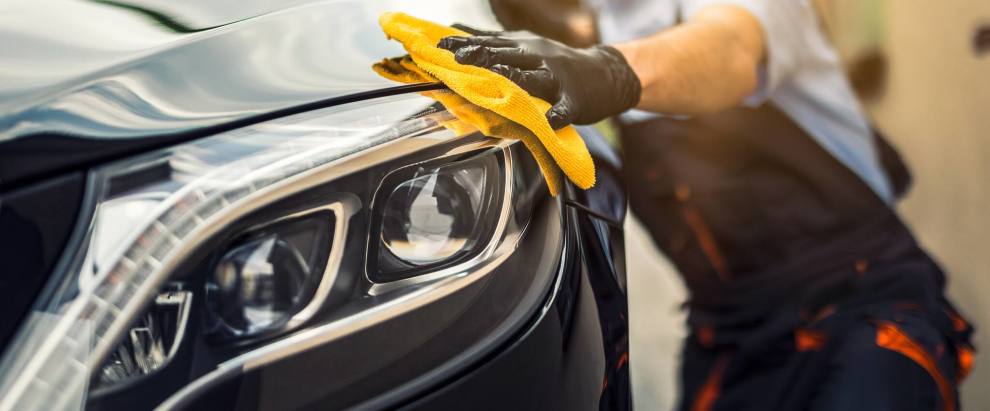
When it comes to restoring your headlights, you might find yourself debating between taking the DIY route or seeking the expertise of a professional headlight restoration service. Each option has its own advantages and considerations. Let’s compare the two approaches to help you make an informed decision:
DIY Headlight Restoration
DIY headlight restoration methods have gained popularity over the years, mainly due to their affordability and convenience. Here are some key points to consider:
Advantages of DIY Headlight Restoration
Cost Savings: DIY methods are often more budget-friendly compared to professional services. You can find various headlight restoration kits and products available at local auto stores or online, offering a cost-effective solution.
Flexibility: With a DIY approach, you have the flexibility to work on your headlights at your own pace and convenience. You can choose the time and location that suits you best.
Sense of Accomplishment: Successfully restoring your headlights through DIY methods can give you a sense of pride and accomplishment, knowing that you’ve taken care of an important aspect of your vehicle yourself.
Considerations for DIY Headlight Restoration
Time and Effort: Restoring headlights requires time, patience, and attention to detail. DIY methods may involve multiple steps, including cleaning, sanding, and polishing. It’s important to allocate sufficient time and effort to achieve satisfactory results.
Skill and Experience: Headlight restoration techniques require some level of skill and experience to execute properly. If you’re not confident in your abilities or have limited experience, the results may not be as optimal as you desire.
Professional Headlight Restoration Service
Opting for a professional headlight restoration service offers its own set of advantages. Let’s explore the benefits that come with choosing a professional service:
Advantages of Professional Headlight Restoration
- Expertise and Experience: Professional technicians specialize in headlight restoration and have the necessary knowledge and experience to deliver exceptional results. They are trained in the latest techniques and best practices, ensuring that your headlights receive the highest level of care and attention.
- Specialized Tools and Equipment: Professionals use specialized tools and equipment designed specifically for headlight restoration. These tools, such as polishing machines and UV sealant applicators, enable them to achieve superior results that may be difficult to replicate with DIY methods alone.
- Professional-Grade Products: Professional services utilize high-quality products and materials that are not always available to the general public. These professional-grade products are designed to provide long-lasting protection, optimal clarity, and superior performance for your headlights.
Considerations for Professional Headlight Restoration
- Cost: Professional headlight restoration services may come with a higher upfront cost compared to DIY methods. However, considering the expertise, equipment, and quality of the results, many individuals find it a worthwhile investment in the long run.
- Time and Convenience: Opting for a professional service saves you time and effort. You can simply drop off your vehicle and let the experts take care of the restoration process, ensuring efficient and effective results.
In conclusion, both DIY headlight restoration and professional services have their pros and cons. If you have the necessary skills, experience, and time, a DIY approach can be a cost-effective option. However, if you value expertise, convenience, and optimal results, entrusting your headlights to a professional service is a wise choice.
Choosing the Right Headlight Restoration Service Provider
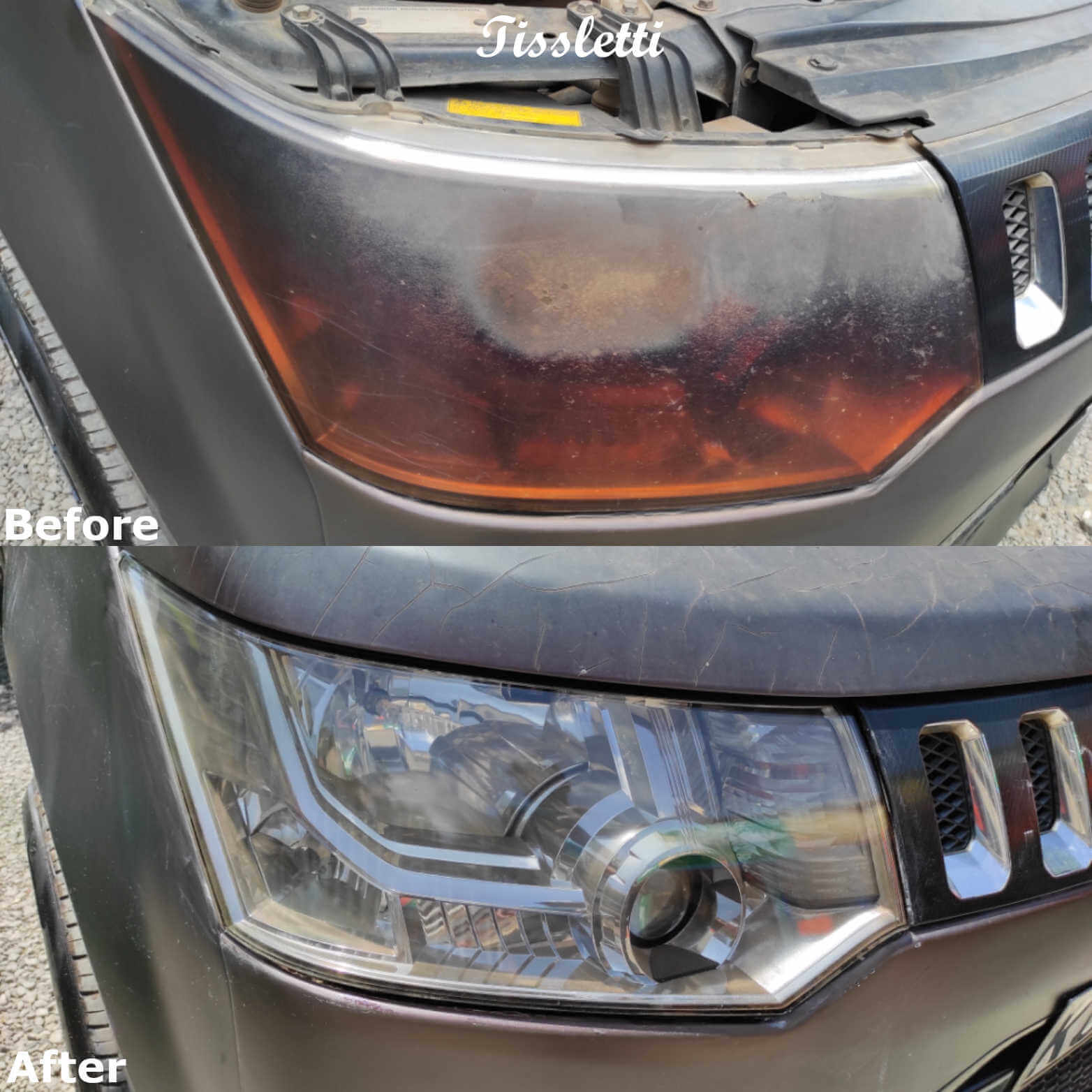
When it comes to selecting a headlight restoration service provider, it’s crucial to choose one that meets your expectations and delivers quality results. With several options available, it can be challenging to make the right decision. Here are some important tips and factors to consider when choosing a headlight restoration service provider:
Researching and Evaluating Local Headlight Restoration Service Providers
Before making a decision, take the time to research and evaluate local headlight restoration service providers. Here are some steps to guide you:
Online Research: Start by conducting online research to identify local service providers. Visit their websites, check their online presence, and look for customer reviews or testimonials. This will give you an initial understanding of their reputation and the quality of their services.
Ask for Recommendations: Seek recommendations from friends, family, or colleagues who have used headlight restoration services before. Their personal experiences and insights can be invaluable in making an informed decision.
Check Local Directories: Consult local directories or automotive service listings to find professionals specializing in headlight restoration. These directories often provide additional information such as contact details, business hours, and customer reviews.
Factors to Consider When Selecting a Service Provider
When evaluating different service providers, consider the following factors:
Certifications and Expertise: Look for service providers who hold relevant certifications or have undergone specialized training in headlight restoration. Certifications indicate their commitment to professionalism and adherence to industry standards. An experienced technician with expertise in headlight restoration is more likely to deliver satisfactory results.
Experience: Assess the experience of the service provider. Inquire about their years of operation and the number of headlight restorations they have successfully completed. An established provider with a proven track record is more likely to have the necessary skills and knowledge to handle various types of headlights.
Customer Reviews and Testimonials: Read customer reviews and testimonials to gauge the satisfaction level of previous clients. Look for reviews that specifically mention the quality of the restoration, customer service, and overall experience. A service provider with positive reviews and satisfied customers is a good indication of their reliability and professionalism.
Portfolio or Before-and-After Images: Request to see examples of their previous work, such as before-and-after images or a portfolio. This will give you a visual representation of the quality and effectiveness of their restoration services. A reputable provider will be proud to showcase their workmanship.
Importance of Warranties or Guarantees
Consider the warranties or guarantees offered by the service provider. A warranty demonstrates the service provider’s confidence in their workmanship and provides you with peace of mind. Here are a few points to consider:
Warranty Coverage: Inquire about the specific coverage provided by the warranty. Does it cover any future damage or issues related to the restoration? Understanding the warranty terms will help you assess the level of protection offered.
Duration of Warranty: Find out how long the warranty is valid. A longer warranty period indicates the service provider’s commitment to customer satisfaction and their belief in the longevity of their restoration work.
Conditions and Limitations: Carefully read and understand the conditions and limitations of the warranty. Ensure that you comply with any maintenance or usage requirements specified by the service provider to avoid voiding the warranty.
Obtaining Cost Estimates and Comparing Service Packages
While cost shouldn’t be the sole determining factor, it’s important to obtain cost estimates and compare service packages. Here are a few points to consider:
Service Packages: Inquire about the different service packages offered by the providers. These packages may include additional services such as headlight sealing, buffing, or polishing. Evaluate whether these additional services align with your needs and budget.
Transparent Pricing: Look for a service provider that offers transparent pricing with no hidden charges. Request a detailed breakdown of the cost estimate to understand what is included in the service. Avoid providers who give vague or unclear pricing information.
Value for Money: Consider the overall value for money offered by each service provider. While affordability is important, prioritize quality and the reputation of the provider. Opting for the cheapest option may result in subpar results and the need for additional repairs in the future.
Mobile Service and Convenience
If convenience is a priority for you, consider whether the service provider offers mobile headlight restoration. Mobile services provide the convenience of having the restoration performed at your preferred location, whether it’s your home, office, or another designated area. This can save you time and effort by eliminating the need to travel to a physical location.
Remember, choosing the right headlight restoration service provider is crucial for optimal results. By considering factors such as certifications, experience, customer reviews, warranties, and service packages, you can make an informed decision and select a provider that meets your expectations.
Maintenance and Care Tips for Restored Headlights
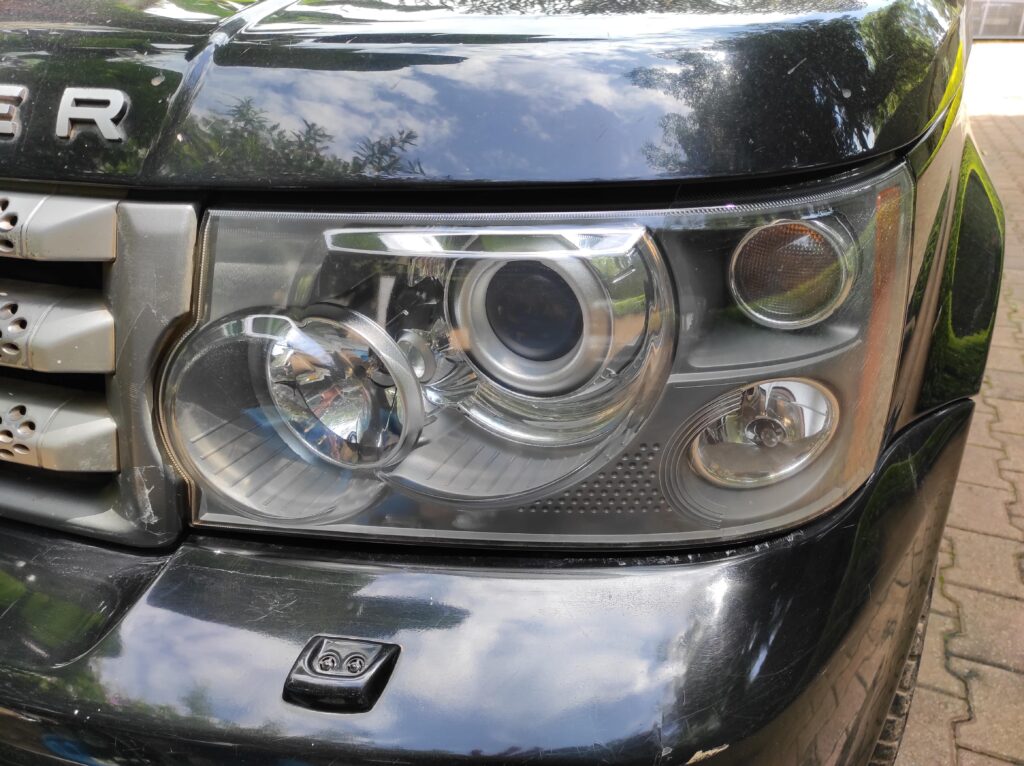
After investing in a headlight restoration service to restore clarity and improve the appearance of your headlights, it’s essential to follow proper maintenance and care practices. By taking good care of your restored headlights, you can ensure their longevity and continued performance. Here are some practical tips to help you maintain and care for your restored headlights:
Proper Cleaning Techniques
Regular cleaning is vital to keep your restored headlights in optimal condition. However, it’s crucial to use proper cleaning techniques to avoid damaging the restored surface. Consider the following tips:
Use Mild Cleaners: Opt for mild cleaners specifically designed for automotive use. Avoid using harsh or abrasive chemicals that can strip away the protective coating and damage the surface of the headlights.
Microfiber Cloth: When cleaning your headlights, use a soft, lint-free microfiber cloth. This type of cloth is gentle on the surface and helps to remove dirt, grime, and residue effectively.
Gentle Scrubbing: If there are stubborn stains or debris on the headlights, gently scrub the affected areas using a soft-bristled brush or sponge. Avoid applying excessive pressure to prevent scratching the surface.
Avoid Abrasive Chemicals
Certain chemicals and substances can cause damage to your restored headlights. To maintain their clarity and appearance, steer clear of the following:
Ammonia-based Cleaners: Avoid using cleaners that contain ammonia, as it can cause hazing and discoloration on the surface of the headlights.
Strong Solvents: Stay away from strong solvents, such as acetone or paint thinners, as they can dissolve the protective coating and damage the plastic material of the headlights.
Gasoline or Diesel Fuel: Avoid contact with gasoline or diesel fuel, as these substances can degrade the quality of the restoration and cause permanent damage.
Applying Protective Coatings
To enhance the longevity of your restored headlights, consider applying a protective coating. Protective coatings provide an additional layer of defense against UV rays, oxidation, and environmental elements. Here are some tips for applying protective coatings:
Follow Manufacturer Instructions: Read and follow the manufacturer’s instructions carefully when applying a protective coating. Each coating product may have specific application instructions and curing times.
Clean and Dry Surface: Before applying the coating, ensure that the headlights are clean and completely dry. Any dirt or moisture on the surface can interfere with the adhesion of the protective coating.
Apply Evenly: Use a clean applicator pad or microfiber cloth to apply the protective coating evenly across the entire surface of the headlights. This will ensure consistent coverage and protection.
Regular Inspection and Early Detection
Regular inspection of your restored headlights is essential to detect any potential issues early on. By identifying problems in their early stages, you can take prompt action to prevent further damage. Consider the following tips:
Visual Inspection: Regularly inspect your headlights for any signs of fading, hazing, or discoloration. Pay attention to any cracks or damage to the protective coating.
Check Functionality: Ensure that the headlights are functioning properly. Test all lighting modes, including low beams, high beams, and turn signals, to confirm they are in good working order.
Seek Professional Help: If you notice any significant damage or issues with your restored headlights, it’s best to seek the assistance of a professional headlight restoration service. They can assess the condition of the headlights and provide appropriate solutions.
By following these maintenance and care tips, you can prolong the lifespan of your restored headlights and keep them looking their best. Regular cleaning, avoiding abrasive chemicals, applying protective coatings, and conducting thorough inspections will help maintain optimal performance and ensure the continued clarity and safety of your headlights.
Frequently Asked Questions
Here are answers to some commonly asked questions about headlight restoration:
Remember, if you have any additional questions or concerns about headlight restoration, it’s always best to consult with a professional service provider who can provide personalized guidance and assistance.
Conclusion
In conclusion, maintaining clear and functional headlights is crucial for both your safety and the overall aesthetics of your vehicle. Headlight restoration services offer an effective solution to combat common issues such as fading, hazing, and yellowing, ensuring improved visibility and enhancing the overall appearance of your headlights.
By opting for professional headlight restoration, you can benefit from the expertise of trained technicians who utilize specialized tools and high-quality products to deliver optimal results. They can efficiently inspect, clean, and restore your headlights, eliminating dirt, grime, and surface damage. Additionally, the application of a protective coating helps prolong the clarity and prevents future damage, providing UV protection and extended longevity.
While DIY methods may be available, professional headlight restoration services offer several advantages, including reliable results, time efficiency, and access to advanced techniques. Moreover, professional service providers often offer warranties or guarantees, giving you added peace of mind and assurance.
As you research and evaluate local headlight restoration service providers, consider factors such as certifications, experience, and customer reviews. Comparing service packages and obtaining cost estimates can help you make an informed decision. By choosing the right service provider, you ensure that your headlights receive the attention and care they deserve.
In conclusion, don’t underestimate the importance of clear and functional headlights. Consider professional headlight restoration to restore clarity, enhance visibility, and improve your driving experience. Safeguard your safety and the safety of others on the road by entrusting your headlights to the hands of skilled professionals.